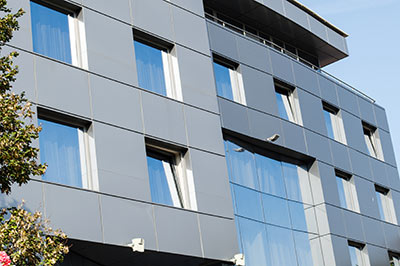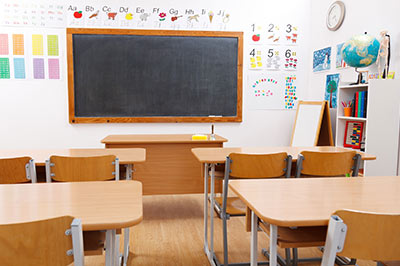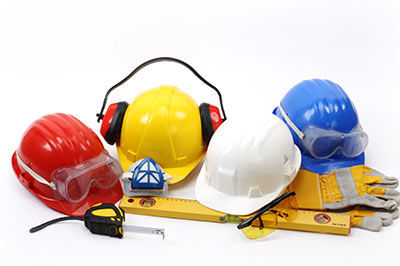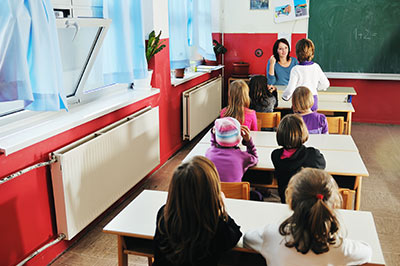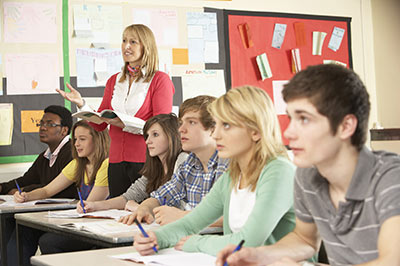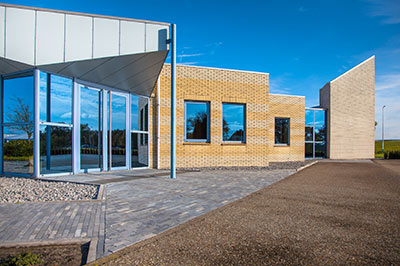Zepatou, Loizidoe, Chaloulakou, & Spyrellis, 2016
Effective building environment sustainability frameworks and practices need to take users’ opinions into account. For this purpose, a survey questionnaire was developed and the “Panhellenic survey of school spaces, materials and environmental-comfort conditions in secondary schools and perceptions, stances and attitudes of pupils, teachers, principals and parents towards sustainable construction and the selection and use of materials in schools that are friendly to the environment and human health” was conducted nationwide with a random stratified sample of 170 Hellenic public secondary schools. Selected findings are presented and discussed here. These show that existing school facilities are primarily rated as good and that selection and use of materials friendly to the environment and human health are extremely important. User groups believe that they should participate in planning/selecting sustainable solutions for schools. An Index of 10 School Environment Desired Outcomes associated with environmentally friendly and health-friendly materials selection and use was devised. Relevant factors were extracted and interpreted. The research establishes users’ subjective opinions that may be considered and integrated into procedures for improving school buildings, assessing and selecting environmentally friendly materials and implementing strategies for sustainable school design, building and operation.


